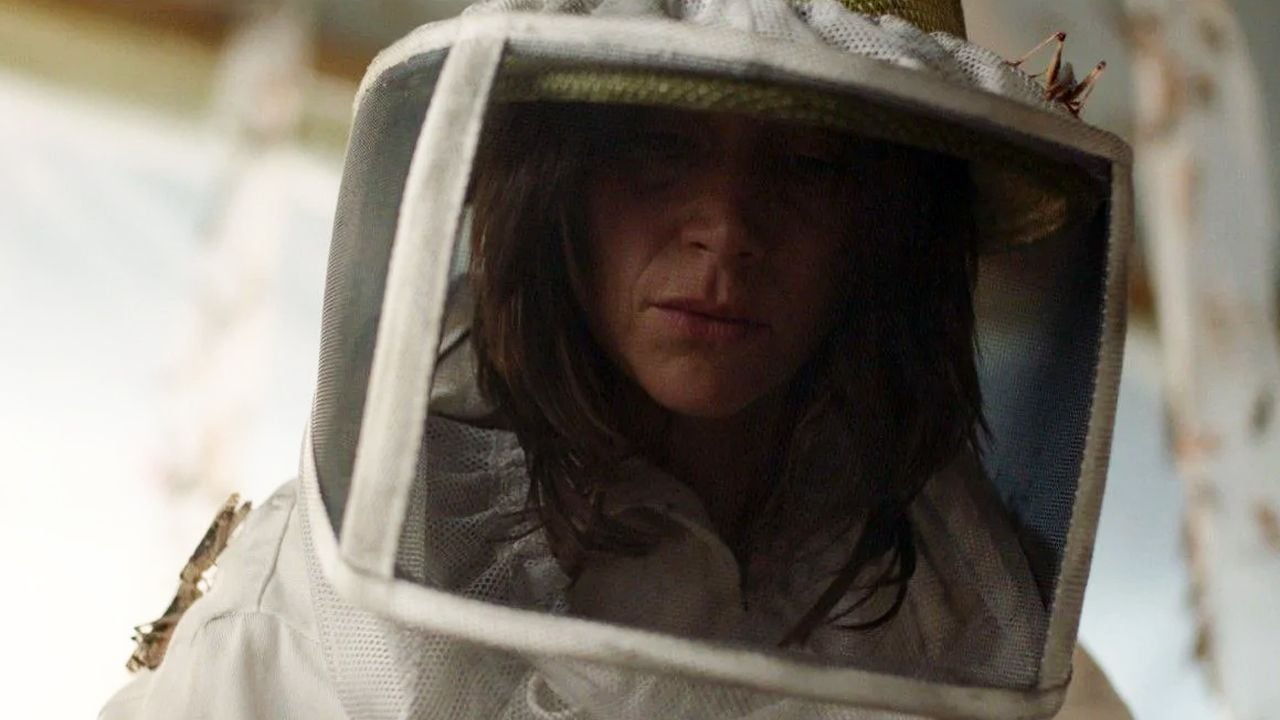Globo’s six o’clock soap opera, “At the Deep Ranch“, set inside the North Easthas generated discussions about the representation of the region in television drama. The actor Andre Luiz Frambachfor example, recently shared a video showing off his new look for the soap opera: long, disheveled hair, a style that evokes the popular imagination of the rustic man from the backlands. But this aesthetic choice reveals much more than a simple wardrobe detail. This is because it highlights the perpetuation of stereotypes that have long since ceased to correspond to the reality of the Northeast.
The Northeast and Hair: Between Fiction and Reality
In Mário Teixeira’s plot, this characterization of the characters suggests a Northeast frozen in time. Then, men with long, disheveled hair appear who seem to have no access to barbers or do not care about their appearance. This narrative choice, however, goes against the current reality of the cities of the Agreste and Sertão regions of the Northeast. In such a way, most men keep their hair short and well-groomed, reflecting an environment that values cleanliness and tidiness, especially in regions where water is scarce and rationed.
Igor Jansenan actor from Ceará who debuted on Globo with “No Rancho Fundo”, also highlights this disconnect. After his success in the soap operas “As Aventuras de Poliana” and “Poliana Moça”, on SBT, Jansen is now part of a soap opera that, although set in the Northeast, reinforces distorted and outdated images of the region. In fact, something that the actor himself, as a Northeasterner, views with some concern.
Earthy Aesthetics and the Romanticization of Brutality
In addition to the hairstyles, the art direction of “No Rancho Fundo” seems to rely on an earthy color palette. As a result, it reinforces the image of a dry and lifeless Northeast. The sets and costumes blend in shades of sand and clay, giving the impression that the characters live immersed in dust. So much so that they seem to be running away from a refreshing bath. This look, on the one hand, seeks to create a specific atmosphere, on the other hand, it reinforces the idea that the Northeastern countryside is an arid and uncivilized place. Thus, far from the urban and modern reality that many of these cities have already achieved.
The romanticization of brutality also appears in scenes where arguments are resolved with weapons drawn, a reference to ancient times that does not reflect the civilization and peace that prevail in the Northeast today. This narrative choice not only distorts the image of the region, but also perpetuates prejudices that should have been overcome long ago.
A Current Northeast Unknown to Globo?
The insistence on portraying the Northeast as a region of rough, illiterate and outdated men may seem harmless to some, but for many Northeasterners it is, at the very least, discouraging. By opting for such representations in “No Rancho Fundo”, Globo seems to be unaware of or ignoring the changes and development that the Northeast has experienced in recent decades. The reality is that Northeastern cities, with their rich culture, growing economy and changing society, deserve to be shown in their true complexity, far from the outdated stereotypes that still insist on populating television fiction.
Summary for those in a hurry:
- The soap opera “No Rancho Fundo”, on Globo, reinforces old stereotypes about the Northeast.
- Male characters are portrayed with long, disheveled hair, contradicting the current reality of the region.
- The art direction uses an earthy palette that suggests an arid and lifeless Northeast.
- Scenes of violence and use of weapons perpetuate a distorted image of the modern Northeast.
- The representation of the Northeast in the soap opera does not reflect the evolution and development of the cities in the region.
- Globo continues to reinforce clichés and stereotypes that do not reflect the true reality of the Northeast.
Source: Atrevida
Earl Johnson is a music writer at Gossipify, known for his in-depth analysis and unique perspective on the industry. A graduate of USC with a degree in Music, he brings years of experience and passion to his writing. He covers the latest releases and trends, always on the lookout for the next big thing in music.







